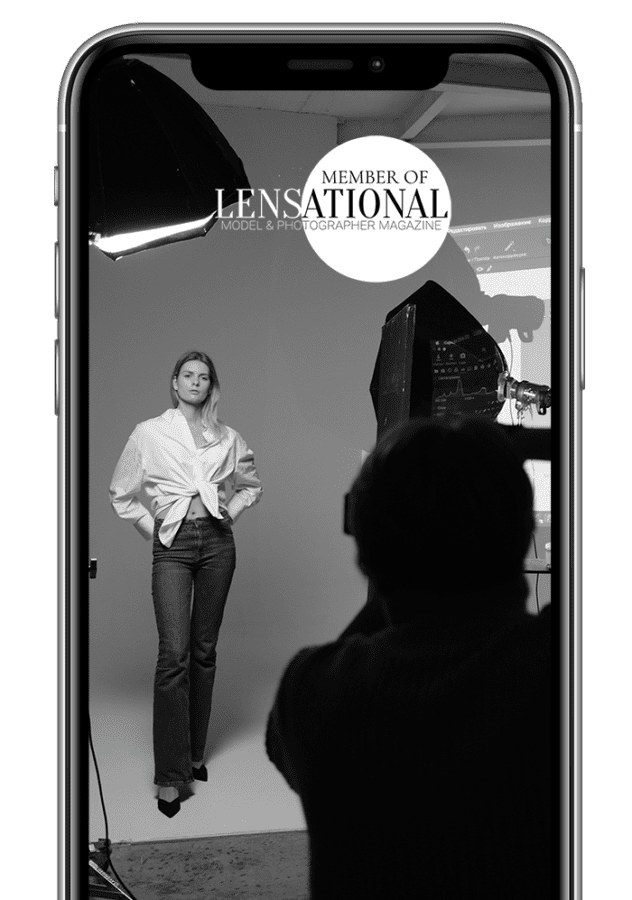It can be difficult to maintain a healthy work life balance as a photographer. You love your job, but it can be all-consuming, leaving little time for your personal life. It’s important to find ways to balance your work and personal life so that you can enjoy both without feeling overwhelmed.
In this article, we will explore what work-life balance means, why it’s important, and provide tips on how to achieve it as a photographer.
What is work-life balance and why is it important?
Work-life balance refers to the ability to balance your work life and personal life in a way that allows you to enjoy both. It means finding a way to prioritize your work while still making time for your family, hobbies, and other interests.
Achieving work-life balance is important because it can have a significant impact on your overall well-being. When you’re constantly working and have little time for yourself, it can lead to burnout, stress, and even physical health problems.
On the other hand, when you’re able to find a balance between work and personal life, you’ll feel more fulfilled and energized.
Common challenges in achieving work life balance as a photographer
As a photographer, there are several common challenges you may face in achieving work-life balance.
One of the biggest challenges is the unpredictable nature of your work. You may have a busy season where you’re working long hours, followed by a slow season where you have more free time.
Another challenge is the pressure to constantly produce new and innovative work. This can lead to perfectionism and an inability to take time off.
Additionally, many photographers run their own businesses, which can make it difficult to separate work from personal life.

Tips for achieving work life balance as a photographer
Achieving work-life balance as a photographer may seem daunting, but it’s possible with the right strategies. Here are some tips to help you find balance:
1. Setting boundaries and saying no
Setting boundaries is important for achieving work-life balance. It’s okay to say no to projects that don’t align with your personal or professional goals. Consider setting specific work hours and letting clients know when you’re available. This can help you create a separation between work and personal life.
2. Overcoming guilt and perfectionism
Many photographers struggle with guilt and perfectionism. It’s important to recognize that it’s okay to take time off and that you don’t have to be perfect all the time. Practice self-compassion and remind yourself that it’s okay to make mistakes.
3. Time management strategies for achieving work life balance as a photographer
Managing your time effectively is key to achieving work-life balance.
One strategy is to create a schedule for yourself and stick to it. This can help you prioritize your work and make time for personal activities. Consider using a time tracking app to help you stay on track.
Another strategy is to batch tasks together. For example, schedule all your editing for one day of the week, so you can focus on shooting the rest of the week. This can help you stay organized and reduce the feeling of overwhelm.
4. Outsource tasks
Learn to delegate tasks and outsource when necessary. As a photographer, you may feel like you have to do everything yourself. However, this can lead to burnout and a poor work-life balance. Consider outsourcing tasks such as editing, post-processing, and administrative work to free up your time and energy. You can also delegate tasks to your team or hire an assistant to help you manage your workload.
5. Self-care practice
It’s important to take care of yourself physically and mentally. Take breaks throughout the day to stretch or go for a walk. This can help you stay focused and energized. Make time for activities that help you unwind, such as meditation, exercise, yoga or spending time in nature.
Prioritize self-care and make time for activities that help you relax and recharge. As a photographer, it’s easy to get caught up in the hustle and bustle of the industry, but neglecting your physical and emotional health can lead to decreased productivity.
6. Realistic Expectations
Learn to say no and set realistic expectations. It’s easy to take on too much work and overcommit yourself. However, this can lead to stress and exhaustion. Set realistic expectations for yourself and your clients.
7. Disconnect from work
Finally, remember to disconnect from work. It’s important to set boundaries between your work and personal life. Avoid checking emails or working during your personal time. This will help you to maintain a healthy work-life balance and avoid burnout.
Conclusion: Embracing work life balance as a photographer
Achieving work-life balance may seem challenging, but it’s possible with the right strategies. By managing your time effectively, setting boundaries, and practicing self-care, you can find a balance that works for you.
Remember that taking time for yourself is important for your overall well-being and can actually benefit your creativity and productivity. Additionally, having a balanced life can help reduce stress and improve your overall well-being.
Embrace work-life balance as a photographer and enjoy a fulfilling career and personal life.







